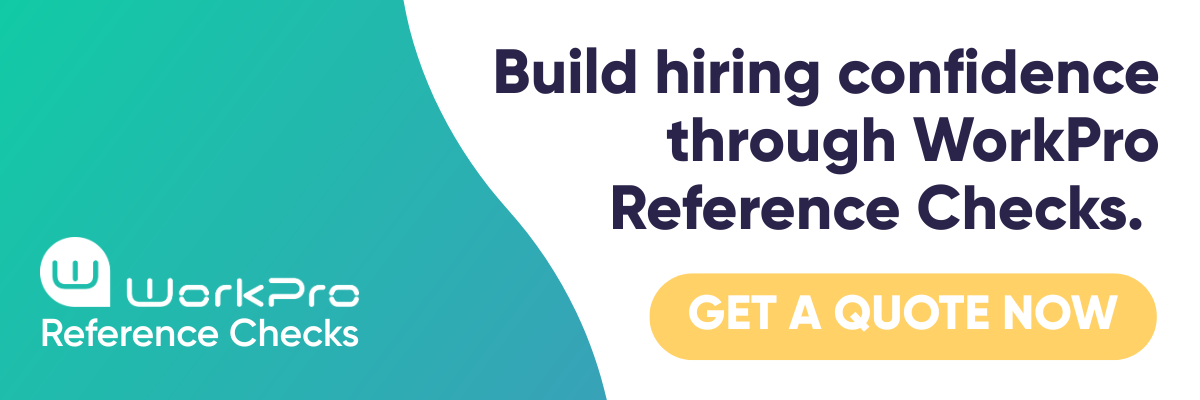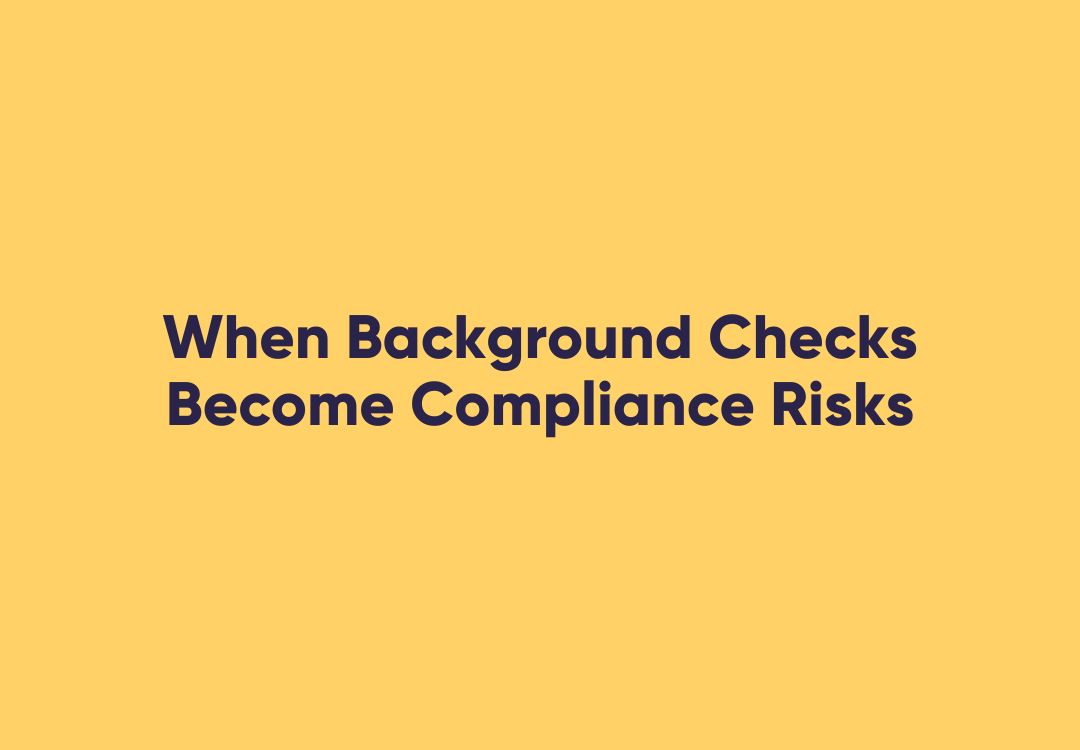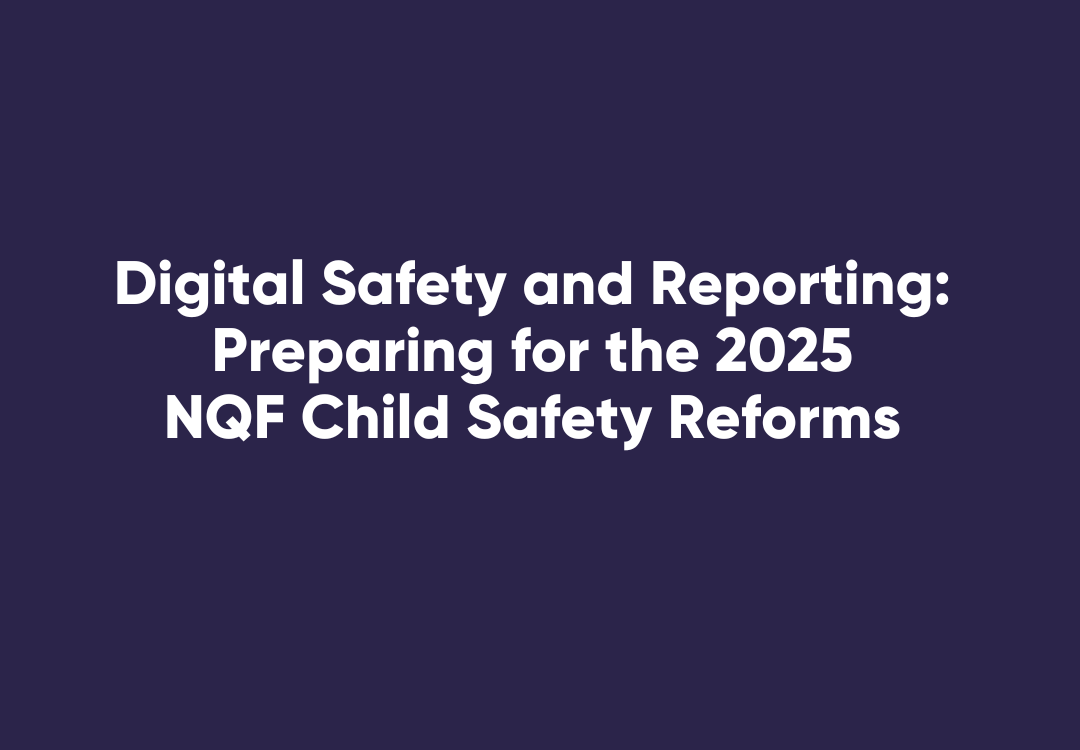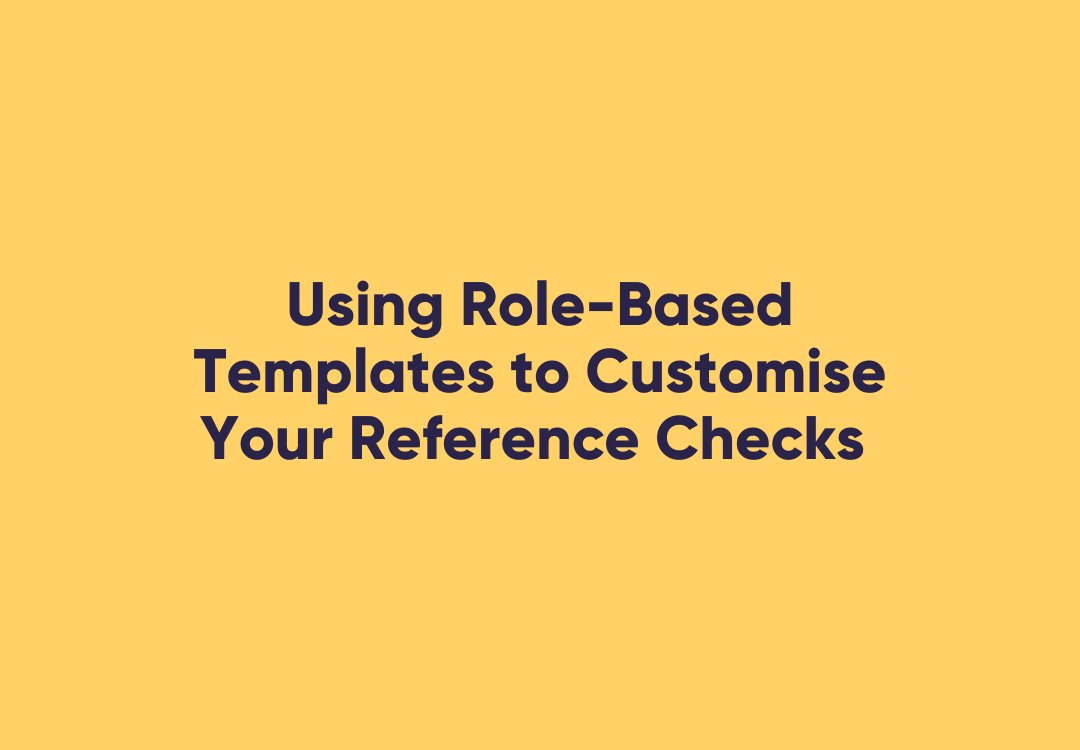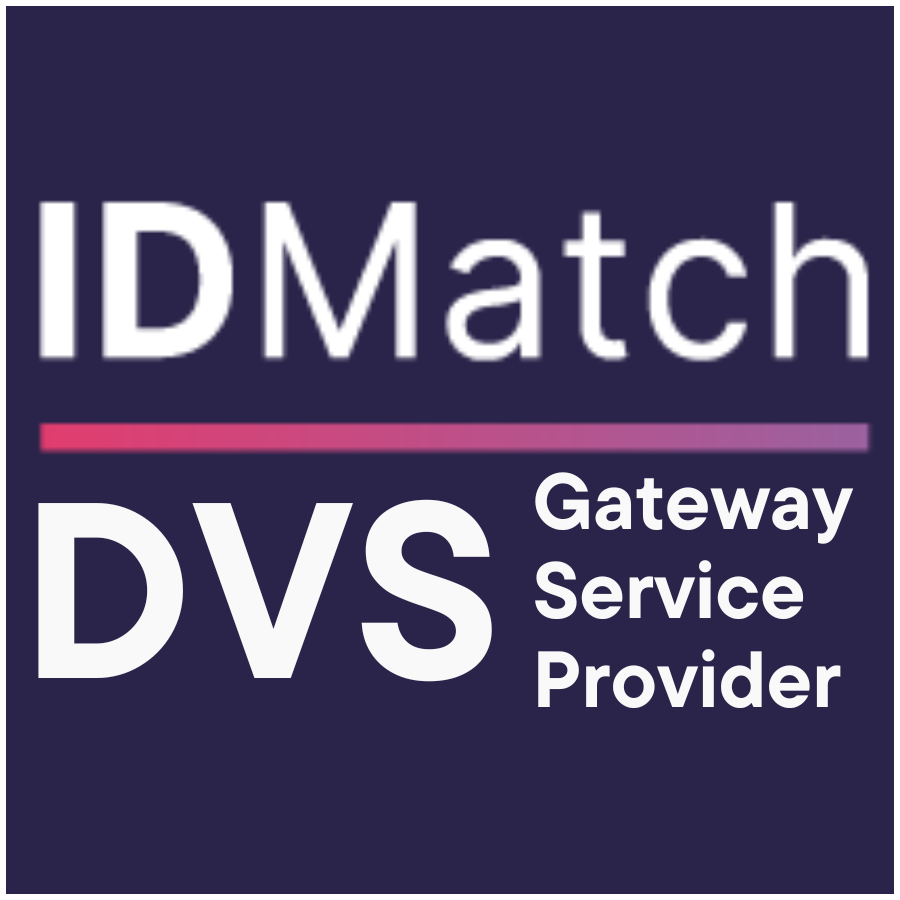How to Detect Reference Check Fraud Before It Costs You a Bad Hire
A staggering 42 per cent of Australian job seekers said they have lied in a job application or interview and reference check fraud is one of the issues that recruiters face daily. From candidates posing as their own referees to manipulated email addresses or coordinated fake responses, fraud undermines the trust that reference checks are designed to deliver.
Fraudulent referee activity not only damages hiring outcomes but also raises compliance risks yet many traditional reference check processes lack the safeguards to detect these risks. Without the right system, fraudulent referees can slip through undetected, leaving you with false confidence and higher risk.
Here are tips to spot reference check fraud, signs of falsification so you can keep your hiring secure and seamless.
How to avoid reference check fraud
To detect reference check fraud, identify inconsistencies and suspicious activity, such as duplicate IP addresses, unusual device activity, or unverifiable referee identities. Fraud detection tools make this easier by monitoring referee responses at a system level.
The Real Risk
Imagine this: you’ve shortlisted a candidate who looks perfect on paper. Their referees respond quickly, confirming every claim. But weeks after they get hired, you discover performance issues, misrepresented skills, and worse, that one of their referees never existed.
This is the hidden cost of reference check fraud. It damages compliance records, slows onboarding, and undermines your ability to defend hiring decisions.
Traditional reference checking relies heavily on trust without verification. Chasing down referees manually leaves teams blind to digital red flags, like identical IP addresses between candidate and referee, or unusual device activity. Fraud can be subtle, but the consequences are loud: turnover, lost productivity, and reputational harm.
What if you could protect your hiring process with technology that flagged suspicious referee activity in real time, before it led to costly decisions?
Understanding & Detecting Fraud
What are common types of reference fraud?
- Self-authored references
– candidates submitting their own details disguised as referees.
- Fake or unverified referees – fabricated contacts with false information.
- Impersonation – candidates posing as referees over email or phone.
- Collusion
– friends or acquaintances posing as professional referees.
- Manipulated communication – redirecting referee requests to controlled inboxes.
The Cost of Missed Detection
- Financial: Bad hires can cost up to 30% of annual salary.
- Compliance:
Gaps in due diligence risk regulatory scrutiny.
- Time: Restarting recruitment doubles workload.
- Reputation:
Damaged trust with clients and internal stakeholders.
Best Practices to Spot Fraud in Reference Checks
Traditional reference checks can overlook subtle fraud risks, particularly when referee details or responses are manipulated to appear legitimate. Technology-driven safeguards provide recruiters with greater certainty and efficiency when verifying referee identity and feedback integrity.
1. Verify referee identity with system-level checks
Automated matching of referee details against company domains, LinkedIn profiles, or organisational records strengthens identity assurance without manual digging.
2. Detect anomalies with digital intelligence
Technology can flag suspicious signs such as free or disposable email accounts used for senior roles, duplicate surnames across referees, or inconsistent response patterns.
3. Cross-check timelines using data validation
Integrated workflows can validate referee tenure against candidate employment history to ensure alignment and spot mismatches.
4. Monitor digital patterns for authenticity
Built-in fraud detection tracks indicators like identical response speeds, vague answers, and repeated device usage across different referees.
5. Leverage advanced safeguards
IP tracking and secure authentication links prevent false submissions and confirm referee legitimacy at the source.
Manual checks help, but system-level detection is the real safeguard. By embedding fraud detection into your reference workflow, suspicious activity becomes visible automatically.
WorkPro’s Fraud Detection Advantage
WorkPro brings fraud detection into the reference check process itself. Every referee submission is tracked at the system level with:
- IP matching to flag overlaps between candidate and referee activity.
- Secure delivery links
via SMS or email to prevent impersonation.
- Identity indicators
that highlight suspicious referee data for HR review.
These safeguards operate quietly in the background, giving hiring teams more confidence in referee legitimacy without extra admin. Instead of guessing whether a referee is genuine, you receive clear signals and alerts, allowing you to make decisions faster, with certainty.
By embedding fraud detection directly into reference checks within the same platform as compliance and onboarding, WorkPro transforms what was once a separate, manual step into a seamless part of the hiring process. Recruiters no longer need to rely on disconnected tools or risk missing inconsistencies across systems. Reference checks are managed alongside VEVO, police clearances, eLearning, and credential verification, creating one streamlined workflow and a single source of truth.
This approach ensures that every referee response is captured in context, with built-in checks for suspicious IP addresses, device activity, and identity markers. Fraud detection isn’t an add-on; it’s woven into the reference check process itself, giving recruiters confidence in the integrity of every response. With WorkPro, reference checks are built in, not bolted on and strengthening hiring integrity while reducing admin and delivering a faster, more reliable process.
Reference check fraud undermines the very foundation of hiring which is trust. Traditional systems can’t always spot it, but modern fraud detection tools ensure you never have to gamble on referee authenticity again.
With WorkPro’s built-in fraud detection, you protect your hiring decisions, safeguard compliance, and gain confidence in every reference.





